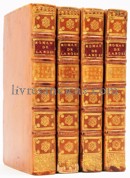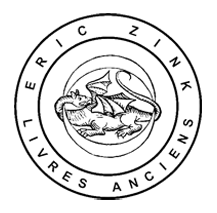

Alchemy
200 €
1800 €
600 €
700 €
650 €
600 €
2000 €
600 €
1250 €
2500 €
2500 €
400 €
500 €
450 €
600 €
2500 €
1350 €
150 €
7500 €
1500 €
1350 €
3500 €
900 €
600 €
700 €
1750 €
2200 €
1750 €
1250 €
European VAT number: FR87515091171
© Eric Zink, Antiquarian Bookseller










![Photo [SENDIVOGIUS, Michel].](https://images.livresanciens.com/livres/203270/images/P9.jpg
)
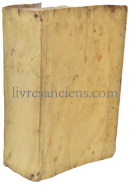

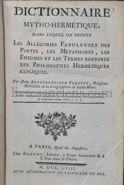

![Photo [REIBEHAND, Christophe].](https://images.livresanciens.com/livres/202878/images/P4.jpg
)
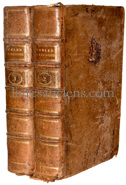


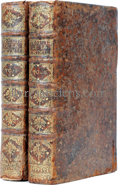

![Photo [VILLAIN, Etienne-Francois].](https://images.livresanciens.com/livres/202185/images/P7.jpg
)



![Photo [BELIN, Albert].](https://images.livresanciens.com/livres/1041/images/P1.jpg
)
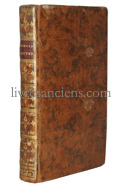







![Photo [ALARY, François].](https://images.livresanciens.com/livres/1923/images/P1.jpg
)


